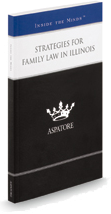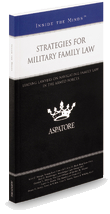On behalf of Stange Law Firm, PC posted in Child Custody on Wednesday, July 15, 2015.
There was a time – not so long ago – when asking a child’s mother was the only way to “verify” who the father was. In the days before DNA testing, an unknown number of men raised and supported children that were not biologically related to them – some wittingly and others unwittingly.
Today, correctly establishing paternity has never been faster or easier. Moreover, DNA testing has become a crucial early step for unmarried mothers seeking child support, unmarried fathers seeking custody and visitation rights and men seeking to avoid paying child support (because they are not actually the father of a child).
Although it didn’t happen here, a recent news story is a good example of why DNA testing has become standard in Missouri and elsewhere. It involves twins, a love triangle and a rare medical oddity that most of us probably didn’t know was possible.
According to the New York Times, a New Jersey woman seeking public assistance attested that a former romantic partner was the father of her twins. Local governments usually seek to offset costs of public assistance by tracking down fathers and ordering them to pay child support.
A routine paternity test confirmed that the man identified was the father . . . sort of. As it turned out, the woman had had sex with another man on the week that the twins were conceived. In a very rare occurrence, each man impregnated the woman, meaning that the twins had two different fathers. The term to describe this medical phenomenon is “superfecundation.”
The originally presumed dad was eventually ordered to pay child support. But in a unique and perhaps unprecedented ruling, a judge ordered the man to pay support for just one of the two kids.
About 40 percent of children are now born to unwed parents. This can lead to difficult legal issues for men who want to be involved in their children’s lives. Thankfully, DNA testing is a fast and reliable way to prove paternity, after which a father can petition the court for custody and visitation rights.



